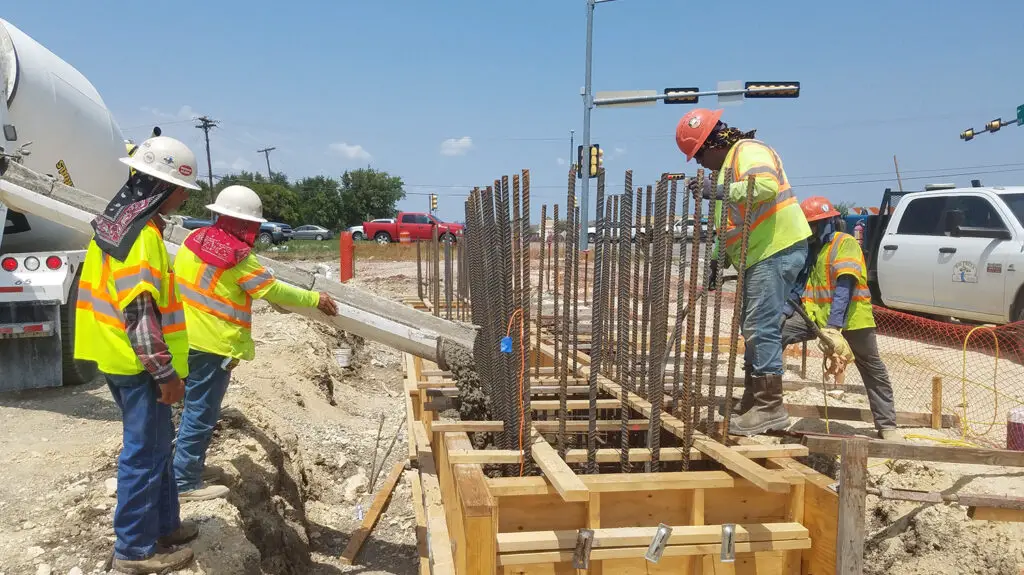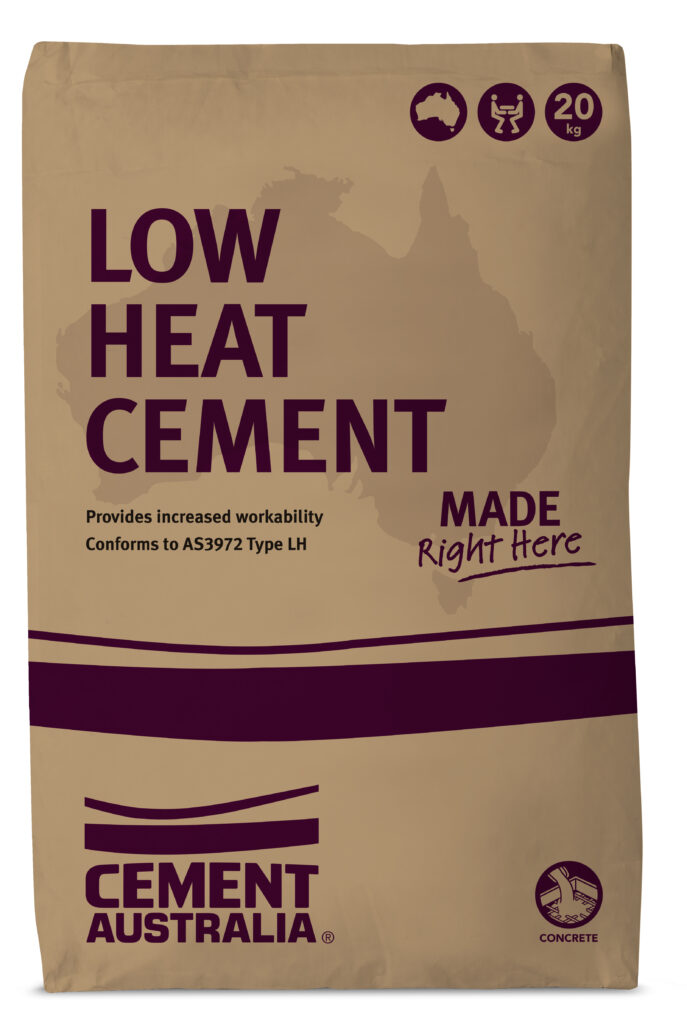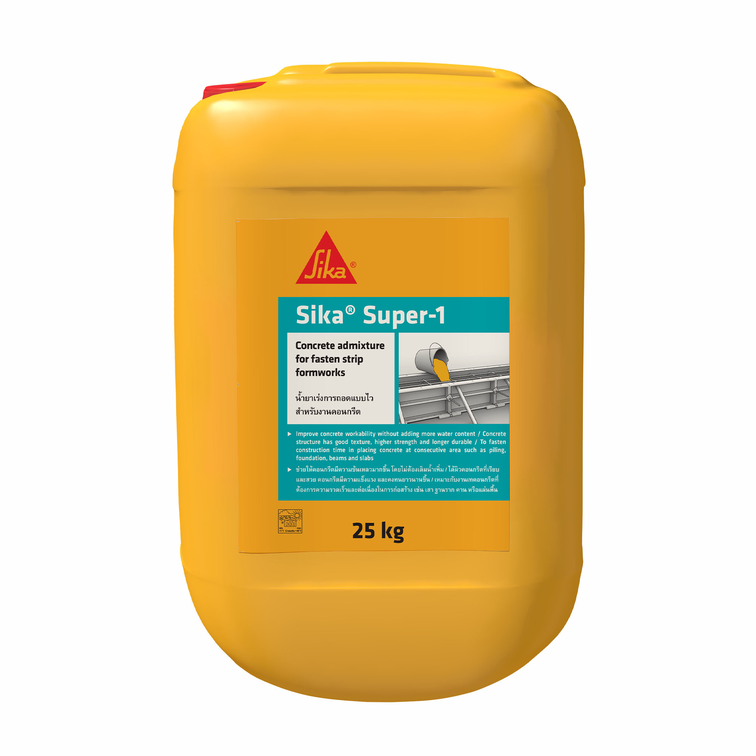Hot weather concreting is the process of placing and finishing concrete in high temperatures. High temperatures can cause a number of problems for concrete, including rapid setting, increased evaporation, and reduced strength. To mitigate these problems, special measures are taken during the process of hot weather concreting to ensure that the concrete is placed and finished properly.
During hot weather concreting, the temperature of the concrete is closely monitored to ensure that it remains within a safe range. This is typically done by using thermocouples or other temperature sensors to measure the temperature of the concrete at different locations. The temperature of the concrete should not exceed a certain limit, as high temperatures can cause the concrete to set too quickly and reduce its strength.
To prevent rapid setting, the concrete is cooled before it is placed. This can be done by using chilled water, ice, or other cooling methods to lower the temperature of the concrete. Once the concrete is placed, it is covered with a layer of insulation or wet burlap to keep it cool and prevent rapid evaporation.
In addition to cooling the concrete, other measures are taken to ensure that the concrete is placed and finished properly. This includes using a low water-to-cement ratio, which helps to reduce the amount of water that is lost through evaporation. It also includes using a concrete mix that is designed for hot weather conditions, which typically includes a higher amount of cement to help the concrete set more slowly.

The concrete should be placed in thin layers to reduce the heat of hydration. The surface should be kept moist to prevent evaporation and cracking. The finishers should be protected from the sun and should be well hydrated.
In summary, hot weather concreting is the process of placing and finishing concrete in high temperatures. Special measures are taken during the process of hot weather concreting to ensure that the concrete is placed and finished properly, including closely monitoring the temperature of the concrete, cooling the concrete before it is placed, using a low water-to-cement ratio, and using a concrete mix that is designed for hot weather conditions. These measures help to mitigate the problems that can occur due to high temperatures and ensure that the concrete is safe and of good quality.
Table of Contents
Types of concrete used for hot weather concreting?
There are several types of concretes that can be used for hot weather concreting, each with its own set of advantages and disadvantages. Some of the most commonly used types of concretes for hot weather concreting include:
1. High-early-strength concrete: This type of concrete contains a high amount of cement, which allows it to set quickly and gain strength rapidly. This makes it a good option for hot weather concreting, as it can be placed and finished quickly before the concrete begins to set too rapidly.
2. Low-heat-of-hydration concrete: This type of concrete is designed to generate less heat as it sets, which helps to prevent rapid setting and cracking. This can be achieved by using a low water-to-cement ratio, using fly ash or slag as a cement replacement, or by using a special type of cement that generates less heat.

3. Self-consolidating concrete (SCC): This type of concrete is designed to flow and compact under its own weight, without the need for vibration. This reduces labor and energy consumption and helps to prevent cracking.
4. Shrinkage-compensating concrete: This type of concrete contains an expansive agent that causes the concrete to expand slightly as it dries. This helps to counteract the shrinkage that occurs as the concrete dries, which can help to prevent cracking.

5. High-range water-reducing admixture (HRWRA): It is a chemical admixture that is added to the concrete mixture to reduce the amount of water required for the concrete to flow and be placed. This type of concrete can help to prevent rapid setting and cracking in hot weather conditions by reducing the water-to-cement ratio.

In summary, there are several types of concretes that can be used for hot weather concreting, including High-early-strength concrete, Low-heat-of-hydration concrete, Self-consolidating concrete, Shrinkage-compensating concrete, and High-range water-reducing admixture. Each type of concrete has its own set of advantages and disadvantages, and the best option will depend on the specific requirements of the project.











